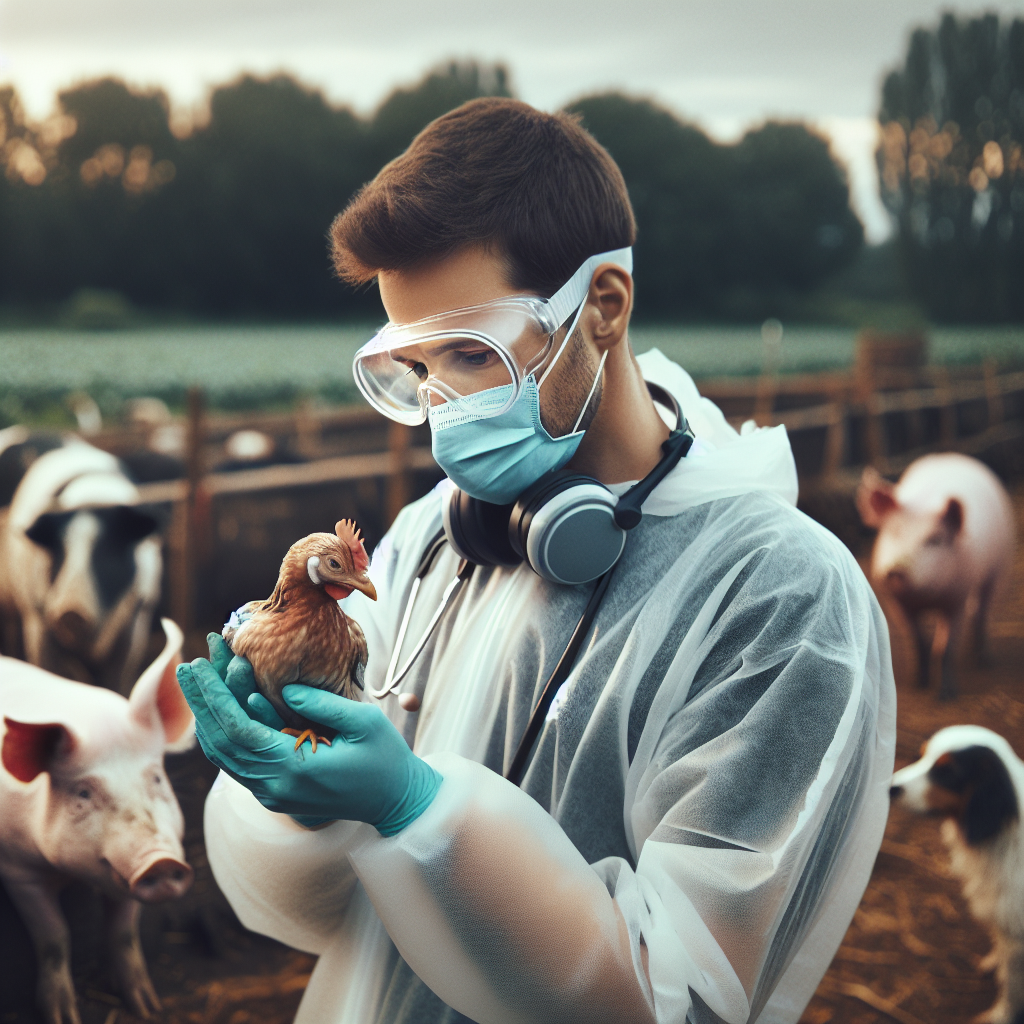
Understanding the Global Health Threat of Bird Flu Spillover
The H5N1 avian influenza, colloquially known as bird flu, is escalating as a global health concern due to its ability to cross species barriers and infect a diverse array of mammals. Health experts worldwide are ringing alarms about the evolution of this virus as it creates significant challenges for animal, human, and environmental health.
The Current State of Bird Flu
Dr. Gregorio Torres, a veterinarian and head of the science department at the World Organization for Animal Health, reported that avian influenza has been identified in 108 countries over five continents within the last three years. Notably, as of December 2024, H5N1 has been detected in over 70 species, ranging from domestic to wild mammals, including dairy cattle in the United States.
Dr. Torres mentioned, “So far, the close monitoring of the virus has not detected markers suggesting effective adaptation for mammals, but this could change at any moment.”
Most Affected Human Populations: The Situation in the US
In 2024, the World Health Organization (WHO) confirmed 76 human infections with the H5 avian influenza viruses. An overwhelming majority of these cases were detected in the United States, specifically among farm workers dealing with wildlife, poultry, and dairy cattle.
Dr. Maria Van Kerkhove, WHO’s director of epidemic and pandemic threat management, highlighted a novel development. “For the first time, we have witnessed infections from dairy cattle to humans, predominantly within the U.S. Fortunately, there have been no human-to-human transmissions,” she confirmed.
Other countries reporting outbreaks include Australia, Cambodia, Canada, China, and Vietnam, indicating a widespread issue that transcends borders.
Impact on Wildlife and the Public Health Sector
- Over 300 million birds have succumbed to the virus worldwide, severely impacting the livelihood of millions dependent on poultry.
- The virus has affected over 500 bird species and more than 70 mammalian species, including endangered animals such as the California condor and polar bears.
- Ecosystems are particularly threatened, with seabirds and marine mammals suffering greatly, especially in ecologically sensitive regions like Antarctica.
Madhur Dhingra from the U.N. Food and Agriculture Organization emphasized the cyclical nature of this crisis: “The economic strain on farmers leads to reduced investments in biosecurity measures, thereby increasing vulnerability and escalating the risk.”
Precautionary Measures and Surveillance
The WHO categorizes the current public risk as low, yet acknowledges a low-to-moderate risk to individuals who are directly exposed, such as farm workers. The organization advises the use of personal protective equipment including coveralls, respirator masks, and gloves.
Given the transient yet evolving nature of H5N1, vigilance in monitoring the virus’s development is crucial. Dr. Van Kerkhove noted, “Although the H5N1 viruses have remained avian in nature, this could change quickly. Increased surveillance is vital.”
Preventative Steps for Public Safety
Individuals can take several actions to protect themselves:
- Consume only pasteurized milk. If not available, boil milk before consumption.
- Thoroughly cook meat and eggs in areas affected by bird flu outbreaks.
- Avoid direct contact with high-risk sources, such as infected birds or cattle.
In conclusion, the bird flu spillover is a pressing global health issue demanding international cooperation and robust surveillance to forestall potential pandemic scenarios. Health organizations and experts alike advocate for increased vigilance and preventive measures to combat the evolving threat posed by H5N1.


Thanks for sharing. I read many of your blog posts, cool, your blog is very good.